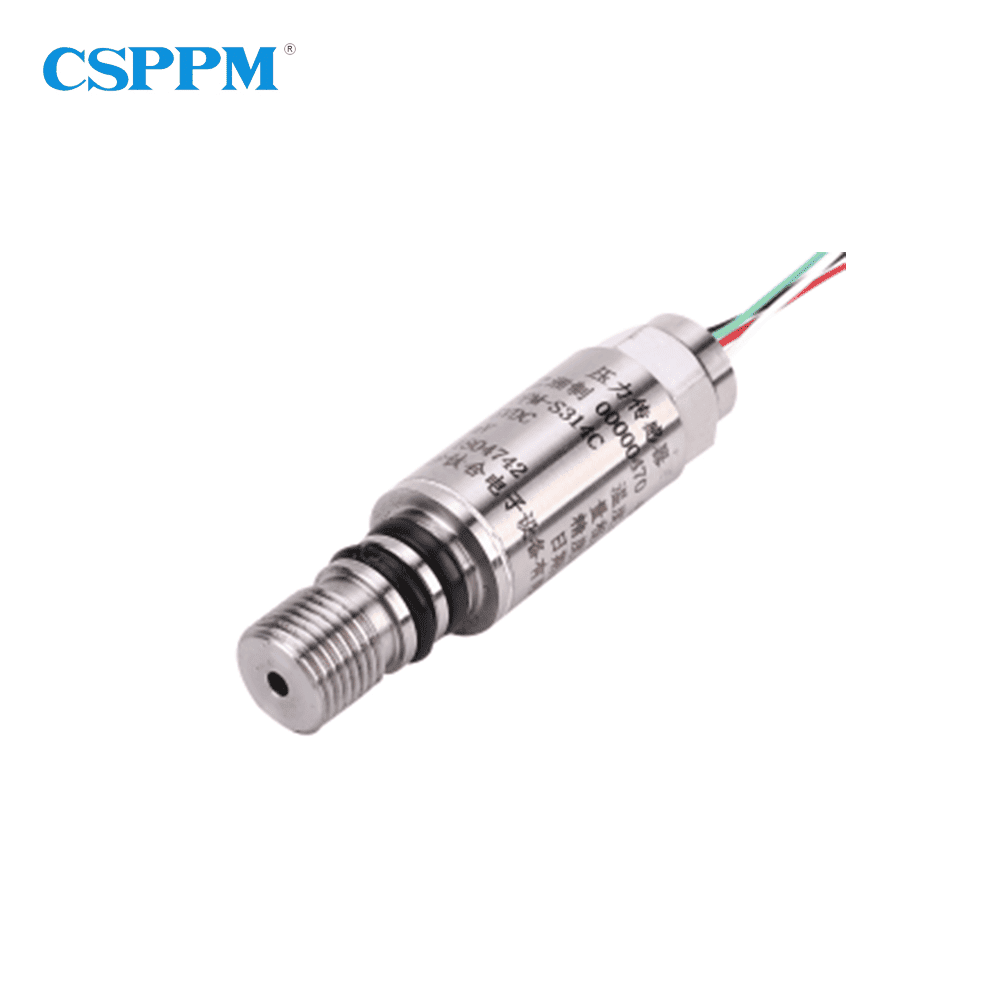Picture a facility tasked with maintaining cryogenic conditions—where the freezing of gases becomes vital in preserving substances in their most delicate states. In this realm, the role of the cryogenic pressure sensor unveils itself. The stakes are heightened, and errors manifest in disastrous ways. How does one safeguard against such failures? The pulse of reliability must sync perfectly with nature’s extremes.
Challenges of Conventional Technologies
Conventional pressure sensors struggle to operate efficiently at cryogenic levels. Fundamental issues like thermal inertia and sensor fatigue often cloud their accuracy. This is baffling when one considers that many industries now depend on precision at such low temperatures! Engineers witness challenges as data integrity diminishes, leading to cost spikes and operational delays—conundrums that ripple through entire supply chains.
The Dawn of Advanced Cryogenic Sensors
Recognizing these hurdles, modern cryogenic pressure sensors employ innovative designs integrating temperature-compensated semiconductor technology. This expansion beyond traditional models delivers fluid operational capability even in frigid environments. Isn’t it fascinating how technology trends can metamorphose limitations into solutions? Rapid response times and improved reliability are now achievable near absolute zero, something past generations could hardly envision.
User Advantages in Real-World Applications
The benefits are palpable—users can expect enhanced safety protocols alongside increased efficiency. Industries operating under cryogenic conditions report an uptick in performance metrics, amplifying operational outputs. A correctly calibrated cryogenic pressure sensor can extend the lifespan of equipment and boost reliability—making them an invaluable asset in sustaining operational continuity.

Conclusion: Key Metrics for Selection
Always consider these 3 essential metrics when choosing your cryogenic pressure sensor: ① Detection precision in sub-zero conditions ② Equilibrium of thermal response ③ Long-term reliability at extreme temperatures. By adhering to these criteria, one ensures an investment in technology that transcends traditional boundaries.
In summary, the advancements in high temperature and cryogenic pressure sensors present unrivaled opportunities in precision and reliability. For those seeking superior quality and supply advantages, look no further than CSSPM Sensor. Their reputation precedes them in the field, delivering robust solutions tailored to meet the challenging demands of modern industries.